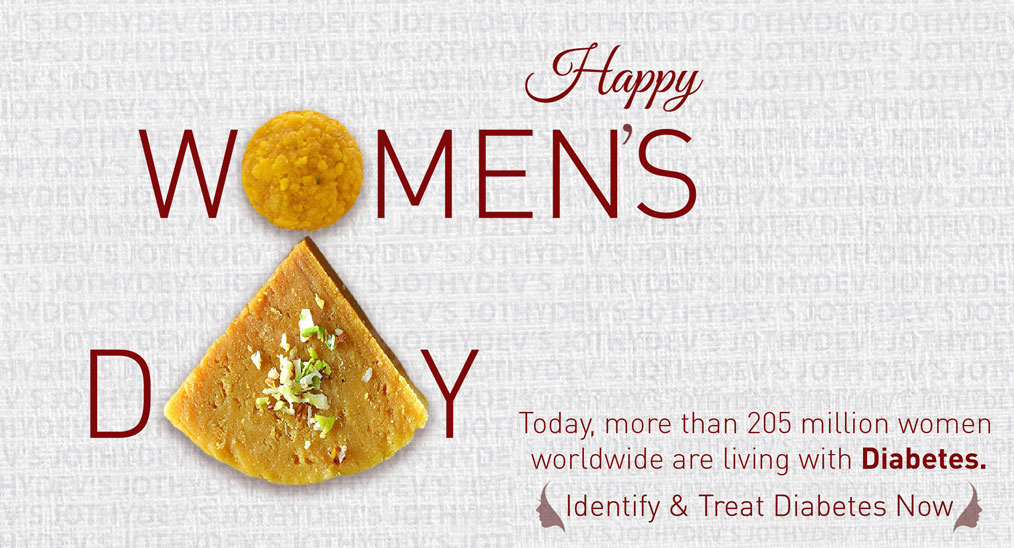3. Coffee consumption may reduce diabetic retinopathy

A cross-sectional study recently published in ‘Scientific Reports’ evaluated the association between the prevalence of diabetic retinopathy (DR) and coffee consumption in a Korean population.
Among 37,753 survey participants, the data of 1350 subjects with T2D who were participants of the Korean National Health and Nutrition Survey and underwent DR examination were analyzed. DR was graded using the modified Airlie House classification system. Coffee consumption data were obtained through food frequency questionnaires and categorized into four groups: almost none, < 1 cup/day, 1 cup/day, and ≥ 2 cups/day. The relationship between DR and coffee consumption was evaluated using multivariable logistic regression models adjusted for age, sex, education, occupation, income, smoking, alcohol intake, body mass index, physical activity, hypertension, dyslipidemia, diabetes duration, and glycated hemoglobin.
The observed prevalence of DR was 20.0%. Non-proliferative DR was found in 87.8% of all DR patients, and proliferative DR in 12.2%. The prevalence of DR and vision-threatening DR showed a significantly decreasing tendency according to daily coffee consumption (P for trend 0.025 and 0.005, respectively) after adjustment for possible confounders. This tendency was more prominent in those aged < 65 years.
According to the authors, coffee consumption might be associated with DR reduction especially in Koreans with diabetes mellitus aged 65 years.
For enquiries info@jothydev.net.
Please visit: jothydev.net | research.jothydev.com | diabscreenkerala.net | jothydev.com/newsletter




